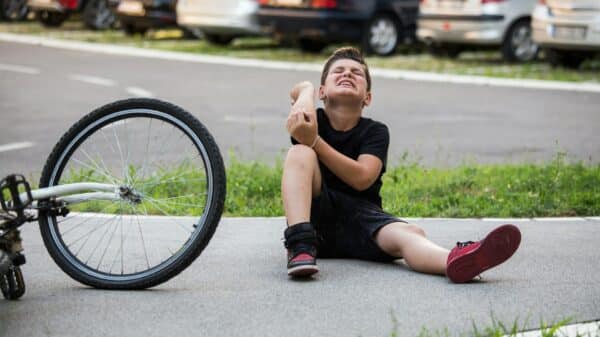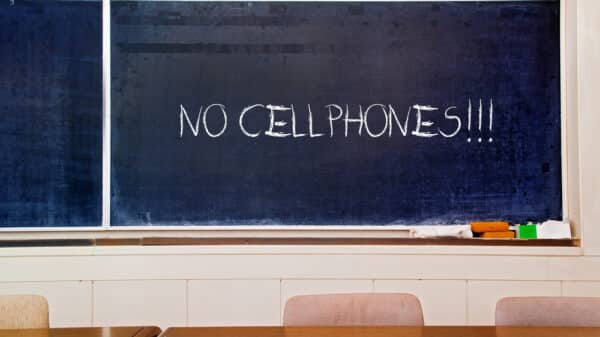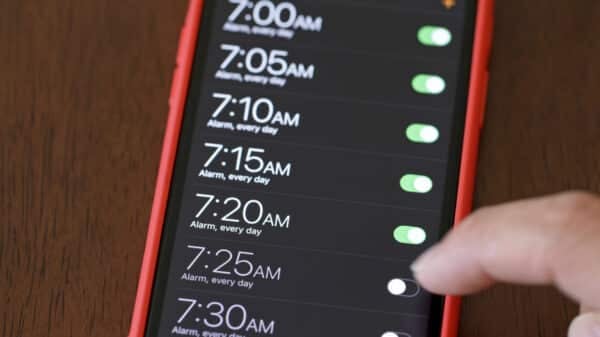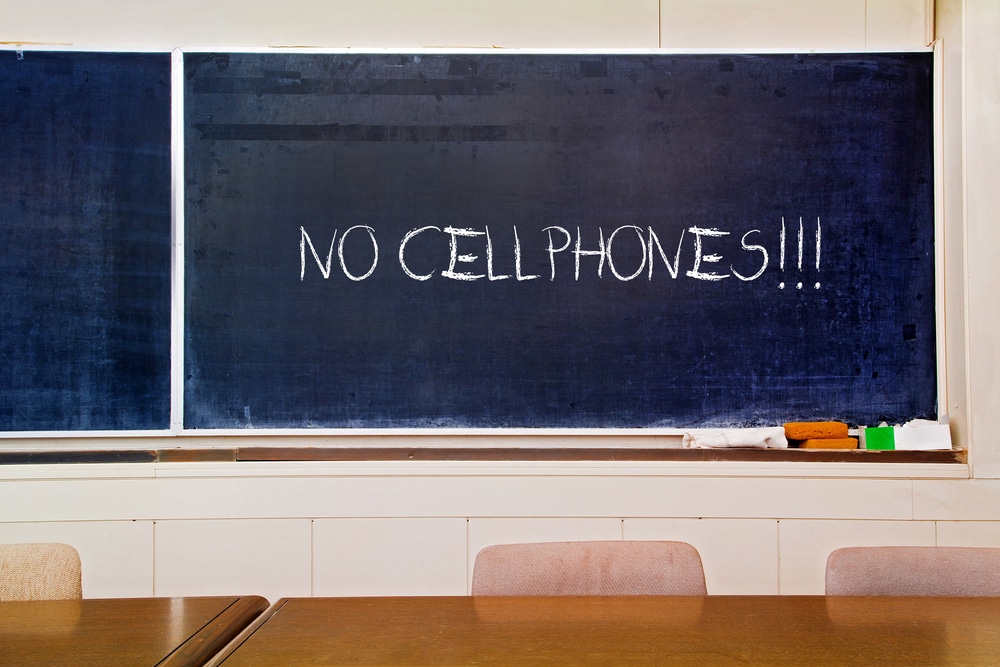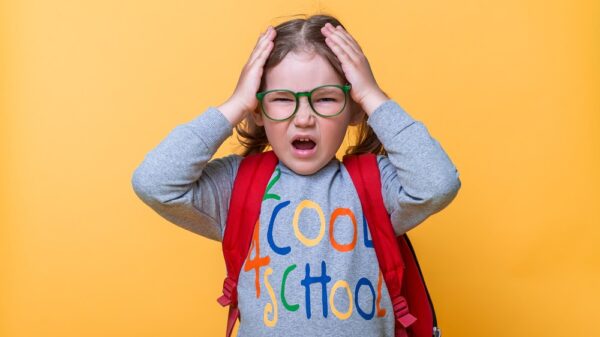In today’s digital landscape, the debate over cellphone use in schools has intensified, especially in the wake of recent bans. If your child’s school has decided to restrict phone access, it’s crucial to pause and reflect on the broader implications of this decision.
While many parents argue that smartphones are vital for safety, we often overlook the costs associated with their frequent use among children. These include diminished attention spans, increased anxiety, and impediments to social growth—issues that extend beyond emergency situations.
In a well-circulated essay in The Atlantic, education journalist Gail Cornwall highlights the reality of smartphone usage in educational settings. Students often text during class, avoid direct interactions, and prioritize instant notifications over meaningful engagement. Ironically, many schools continue to design assignments that rely on mobile technology, inadvertently undermining their own policies against phones.
As of the 2025-2026 academic year, a growing number of states—20, including public schools in Washington, D.C., and the Virgin Islands—will enforce comprehensive bans on cellphones during instructional hours, with exceptions for students who have Individualized Education Programs (IEPs). Meanwhile, 17 states, such as Maryland and Wyoming, have not established statewide bans, and 16 states leave enforcement to local districts.
Where Cellphone Bans Are Happening
The trend towards limiting cellphone usage in schools is gaining momentum across the United States. Understanding the specifics of your state’s approach can help parents navigate school policies effectively and advocate for their children’s needs.
Full Ban
- Alaska (AK)
- Oregon (OR)
- North Dakota (ND)
- South Dakota (SD)
- Nebraska (NE)
- Oklahoma (OK)
- Texas (TX)
- Missouri (MO)
- Arkansas (AR)
- Louisiana (LA)
- Kentucky (KY)
- Tennessee (TN)
- Mississippi (MS)
- Alabama (AL)
- Florida (FL)
- North Carolina (NC)
- New Hampshire (NH)
- New York (NY)
- Washington, D.C. (DC)
- Connecticut (CT)
Partial Ban / Restrictions
- Washington (WA)
- Idaho (ID)
- Utah (UT)
- Kansas (KS)
- Ohio (OH)
- West Virginia (WV)
- South Carolina (SC)
- Georgia (GA)
- Maine (ME)
- Massachusetts (MA)
- Rhode Island (RI)
- Maryland (MD)
- Puerto Rico (PR)
- Virgin Islands (VI)
No Outright Ban
- Hawaii (HI)
- California (CA)
- Nevada (NV)
- Arizona (AZ)
- New Mexico (NM)
- Colorado (CO)
- Montana (MT)
- Wyoming (WY)
- Minnesota (MN)
- Iowa (IA)
- Wisconsin (WI)
- Michigan (MI)
- Illinois (IL)
- Pennsylvania (PA)
- Delaware (DE)
- New Jersey (NJ)
- Vermont (VT)
The presence of smartphones in educational settings has sparked significant debate among educators and mental health experts alike. Many assert that these devices are detrimental to student engagement, disrupt learning processes, and contribute to mental health challenges among adolescents. Thomas Toch, director of FutureEd at Georgetown University, notes that the negative impact of cellphone use often overshadows any potential benefits. His perspective reinforces the importance of fostering a robust learning environment where kids can connect with their peers and engage fully in their studies.
Jessica Deane, an assistant principal in Vermont, remarked that the challenges posed by phones have escalated in the aftermath of the COVID-19 pandemic. Many teachers find that enforcing phone bans simplifies classroom management and helps students maintain focus. Some states have adopted strict “bell-to-bell” policies, ensuring that phones remain off and stored away during school hours. Notably, these policies have been championed by educators in states like Arkansas, Texas, Virginia, and Oregon as a means to boost concentration and mental well-being amongst students.
Emergency Thinking Misses the Point
- “Do we have milk at home?”
- “Can you call the attendance office?”
- “Should I switch from bassoon to cello?”
Common queries, such as these, don’t typically necessitate immediate parental input. However, they can disrupt classroom focus, hinder decision-making, and cultivate a reliance on instant connectivity. Research indicates that even the mere presence of a smartphone can degrade cognitive capacity, resulting in diminished academic performance.
While phones can potentially serve as communication tools during crises, numerous studies suggest they may not enhance student safety. D.C. Public Schools Chancellor Lewis Ferebee emphasizes that during emergencies, students should rely on guidance from responsible adults, not on their mobile devices. Kansas Commissioner Randy Watson echoes this sentiment, explaining that schools have observed increased engagement and satisfaction among students in the absence of phones.
What Happens When We Actually Ban Phones?
Australia has made headlines for implementing a nationwide ban on phones in schools, with more than 80% of principals in New South Wales reporting greater student focus and enhanced social interactions since the ban. Although the U.S. experience remains diverse, the trend clearly points toward an increasing number of districts adopting similar restrictions, necessitating collaboration from parents rather than circumventing the rules.
When children find themselves without a phone, they are afforded opportunities to navigate social settings independently, fostering resilience and self-trust. Cornwall recounts an instance where her daughter, initially unsure about switching instruments, ultimately came to her own conclusion without parental prompting—a testament to the importance of fostering independence.
A Parent Playbook for Supporting a School Phone Ban
For parents keen on upholding school policies on phone use, here are several effective strategies to encourage focus and connection while remaining engaged with your child’s school experience:
- Create a Family Agreement on Phone Use
- During School: Designate the phone to stay off and out of reach unless allowed by a teacher.
- After School: Allow for one quick check-in, followed by setting the device aside until homework is complete.
- If Stuck: Encourage children to seek help from a teacher, classmate, or school counselor.
- At Home: Create opportunities for discussing challenges together.
- Respond to Midday Texts Without Undermining the Boundary
- Encourage decision-making: “Use your best judgment—I trust you.”
- Prompt guidance: “Try asking your teacher.”
- Encourage patience: “Let’s discuss it after school.”
- Advocate for Device-Free Alternatives in ClassAs schools navigate phone bans, some classrooms still incorporate technology-heavy activities. Parents can advocate for instructional practices that require fewer devices to ensure that all students can focus equally without feeling disconnected from learning resources.
- Let Kids Feel the AwkwardnessSmartphones often serve as a crutch to avoid social discomfort; however, personal growth frequently arises from such situations. Encouraging children to engage face-to-face fosters resilience and self-reliance, equipping them with essential life skills.
Don’t Wait for the Research to Catch Up—We Already Know What Helps Kids
Implementing phone bans during the school day grants children the invaluable opportunity to develop independence and interpersonal skills, which their devices can never facilitate. Schools should prioritize parent collaboration over loopholes that undermine students’ growth.
The example shared by Cornwall about her daughter ultimately deciding to stick with the bassoon encapsulates the essence of self-reliance and trust—a small victory that can have significant repercussions for a child’s development.




